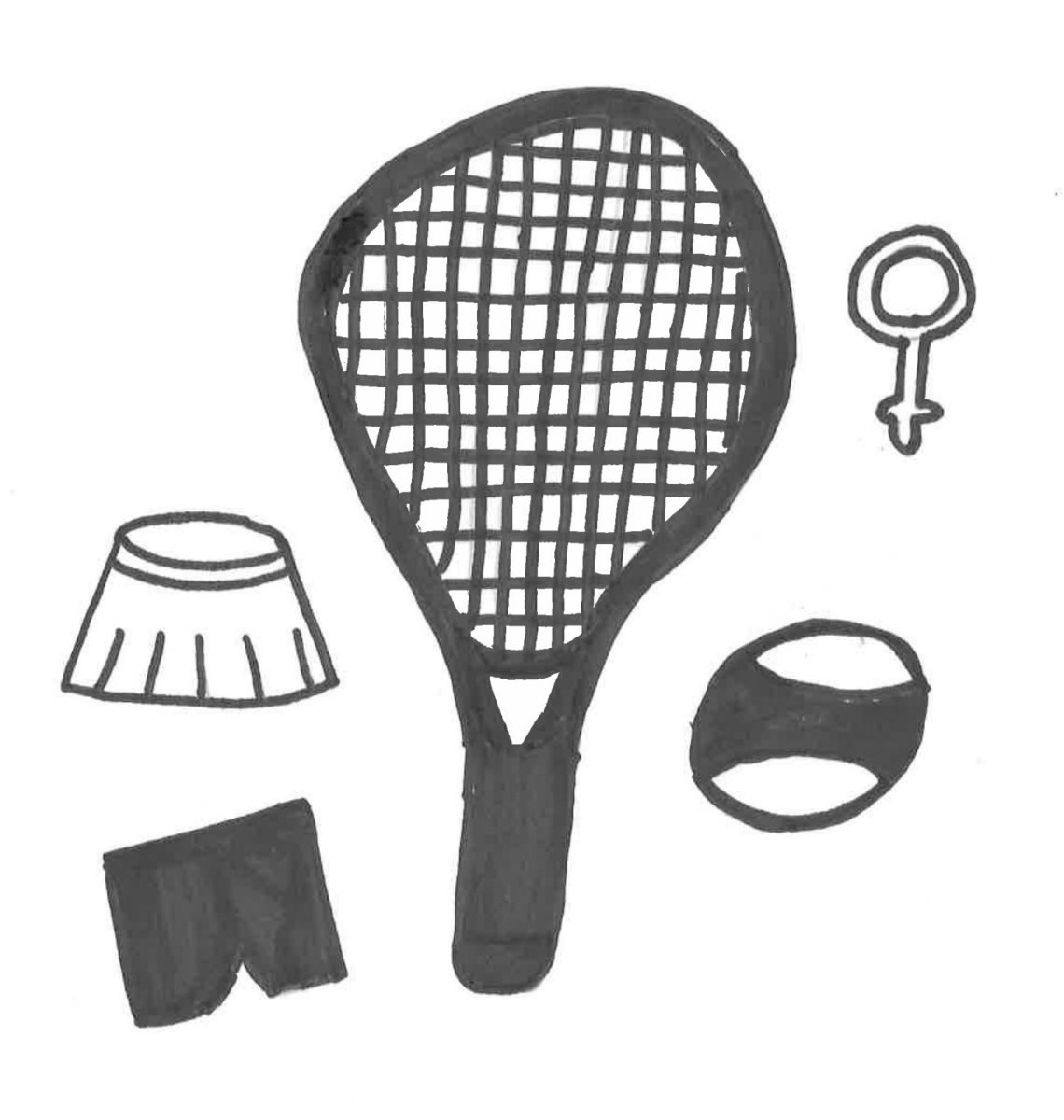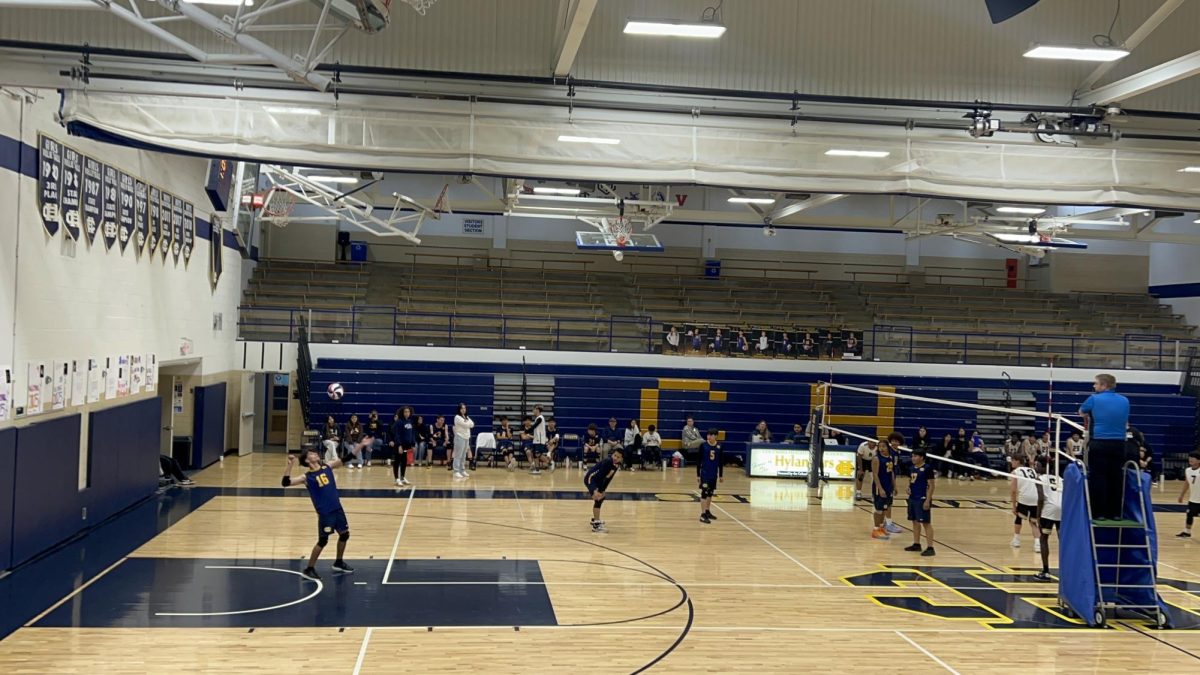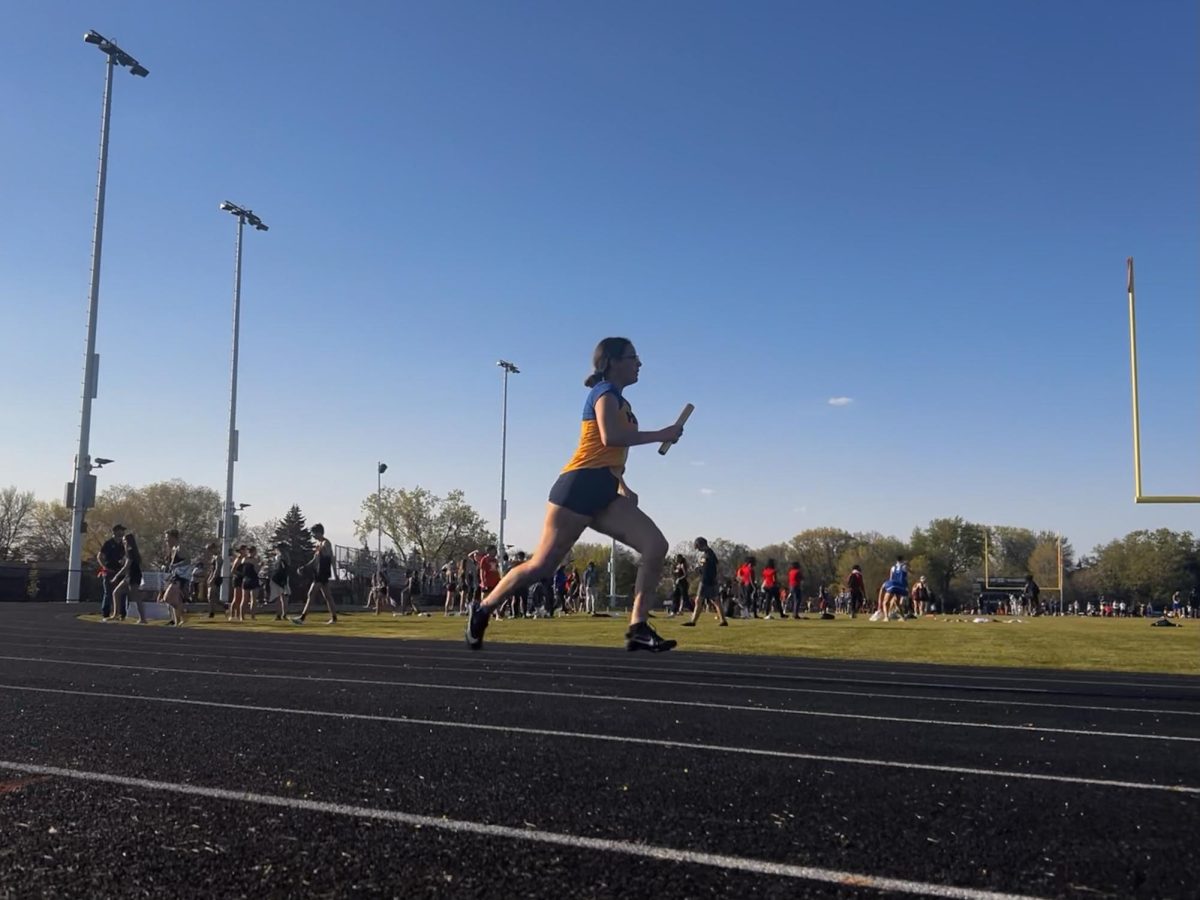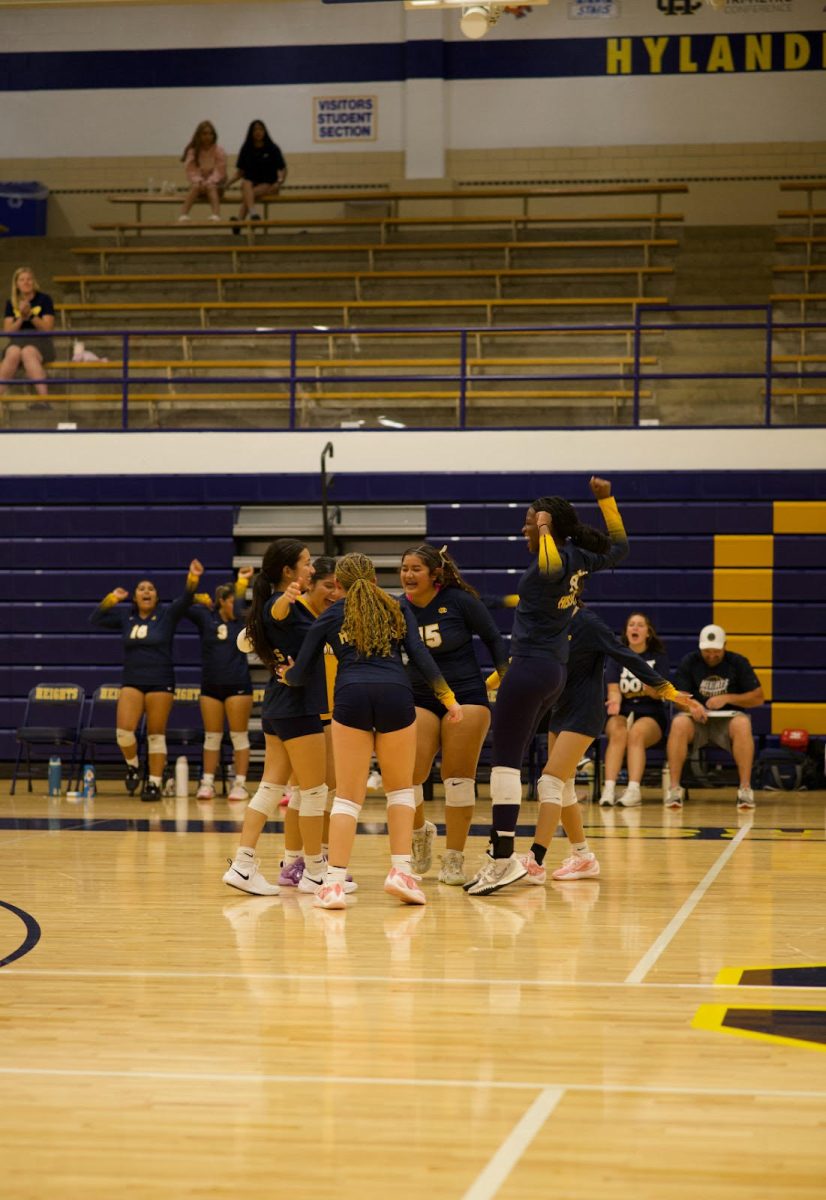As issues surrounding women’s rights are on the rise internationally, Wimbledon is finally updating one of its dress code rules that has long been calling for change.
For the unfamiliar, Wimbledon is the most well-known and anticipated tennis tournament in the world. Taking place in London sometime during late June and early July and often attended by major celebrities, this year’s event hosted qualifiers from June 26 till June 29 and the main draw matches from July 3 and July 16. Women have been allowed to play at Wimbledon since 1884, but it hasn’t come without its challenges.
Early on, the women players were still required to wear long skirts or dresses, which in turn affected their ability to properly move and often caused overheating. These dresses or skirts also had to be completely white, not even allowing any shade that could be considered ivory, off-white or cream. The only other color that was allowed was a single line of color on the neckline or ends of the sleeves, but it couldn’t be more than a centimeter wide. It wasn’t until the 1920s that women were allowed to compete wearing shorter skirts, which started at the knee but have gradually become shorter and shorter over time, evolving into the mid-thigh length skirts worn today.
Since the all-white dress code has been enforced on players since the 1880s, many players (both current and former) have called for allowing darker undershorts for decades. The main reasoning for this is due to the fear of menstruating during the tournament and possibly bleeding through the required white undershorts (only ruled as recently as 2020) and white skirt. The fear is so common that many players take some form of birth control to either reduce the effects of their periods or remove them all together.
“These rules have been kept in place for centuries because they’ve become a part of Wimbledon’s tradition.” Lucas Toutge, English teacher and CHHS girls tennis coach said. “Athletes who compete at Wimbledon are well-aware that they will be filmed and broadcasted to tens of millions of people around the world.”
Advocacy regarding the restrictions has been going on for many years, and it was first publicized and advocated for by tennis legend Billie Jean King as well as Judy Murray, professional tennis coach and mother of the tennis pro Andy Murray. Thankfully, their calls for change didn’t go unheard as the All England Club (the organization that runs Wimbledon) finally listened to the almost century-long pleas of its players and decided to allow black undershorts to be worn this year, but only under certain regulations.
The new change was enacted on rule nine of the Wimbledon dress code: “Any undergarments that either are or can be visible during play (including due to perspiration) must also be completely white except for a single trim of colour no wider than one centimetre (10mm), except female players who are allowed to wear solid, mid/dark-coloured undershorts provided they are no longer than their shorts or skirt.”
This isn’t the first time in recent years that the dress code rules have been changed to allow players to wear more color. In 2022, it was ruled that logos of sponsored athletic apparel brands may be worn on clothing, but only if the logo is one centimeter or less, congruent to the sleeves and neckline rule. This rule was also extended onto socks, hems, headbands and undergarments, but it still remains banned on hats, jackets and pants.
“With this rule change, female athletes who are on their period will have one less thing to worry about while competing on the largest tennis stage in the world,” said Toutge. “It also reveals a willingness to set aside traditional practices or rituals that may have unintended consequences for less empowered social groups. After all, I don’t think it was a room full of women who made the dress code rules for Wimbledon back in the 1800s.”
The shorts rule is the first of these color-related dress code rules to majorly affect the way that the uniforms look. The dark undershorts may be worn underneath the skirts or shorts of female players for any reason without question, but only if they are shorter than the shorts or skirts that they are under. They also have to be a dark color, such as black or navy blue. No bright colors such as pink, yellow or blue may be worn at any time by the players, with the exception of the aforementioned logo rules. This is just one slight step in the right direction for women’s sports and their equality.
“It is our hope that this rule adjustment will help players focus purely on their performance by relieving a potential source of anxiety,” Chief Executive of All England Lawn Tennis and Croquet Club Sally Bolton said.
Looking into the future, many hope that more women’s sports will have rules alleviating period anxiety and professional sports in general will do more to promote equity and equality for diverse genders. Sadly, only time will tell what progress these leagues and organizations will make.









